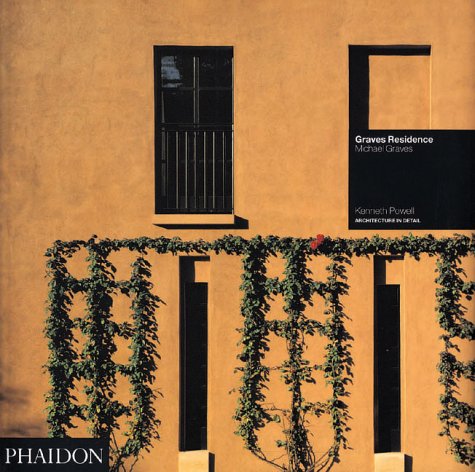Architecture in Detail
3 total works
Michael Graves has been part of the architectural scene since the 1980s, and he is noted as one of the leaders of the post-modern movement. This book looks at the Graves Residence, designed and lived in by the architect. The residence has its roots in a classically-based architecture and is more restrained than the visually extravagant work associated with Graves's projects of the early 1980s. Located in a street in Princeton, New Jersey, a town dominated by the University, the building is L-shaped in plan. It has a clearly expressed entrance formed by an angle between the two wings of the house, which provides an "inside-out" zone between the house and formally arranged garden. Inside, much of the furniture as well as the fittings have been designed by Graves himself, and these, together with his collection of neoclassical furniture, varied artefacts and art works, all contribute to a work that represents one of his most complete architectural statements, embodying many of the themes expressed in his more recent work.
This illustrated volume covers one of the best-known examples of High-Tech architecture: the Lloyds building in London. Built between 1979 and 1986, it epitomizes the concern of its architect, Richard Rogers, with total flexibility and overt technical imagery. Described by one observer as a "mechanical cathedral", its 300 foot silver and glass structure stands out among the surrounding city office blocks. An icon of modern architecture, the building has become a tourist attraction as well as an architectural landmark.
Grand Central Terminal stands at the heart of Manhattan. Built at the beginning of the century, it exemplifies the ideals and aspirations of a great American city emerging as a world metropolis in the decade before World War I. It still embodies a practical and progressive vision of urban life, which has new relevance in the aftermath of the Modern Movement. This book presents the building in detail, using drawings, and archival and recent photography. The partnership of architects Warren and Wetmore was formed in New York City in 1898, and are well known for the New York Yacht Club (1899) as well as other major railroad projects.

